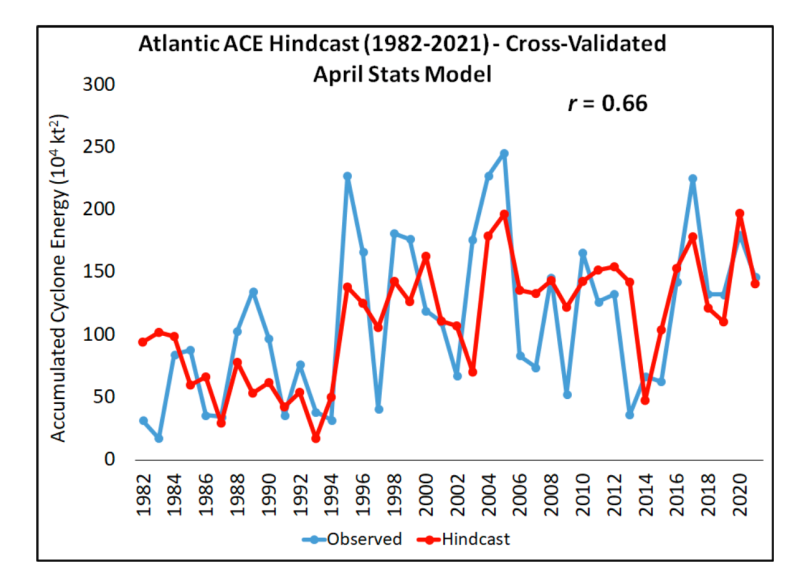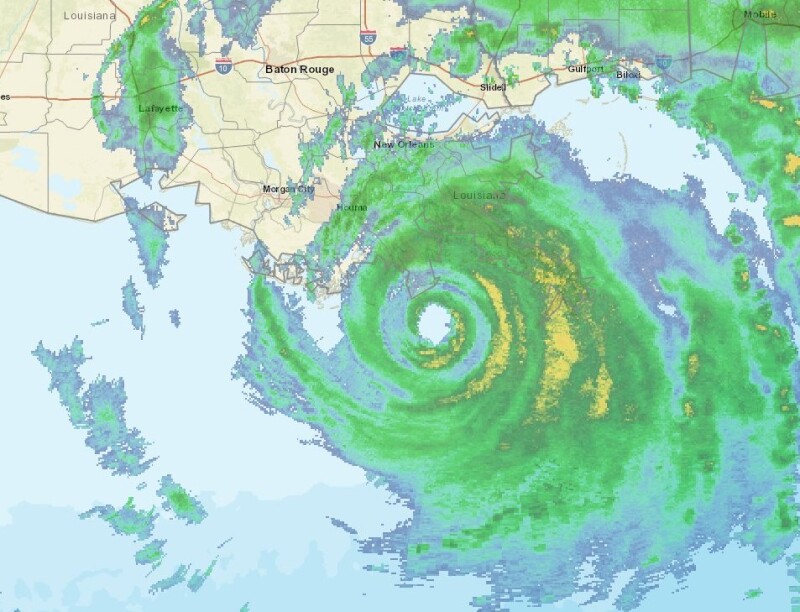An unlikely El Niño event coupled with warmer-than- normal waters in the Caribbean and subtropical Atlantic Ocean have the hurricane experts at Colorado State University predicting an above-normal 2022 Atlantic basin hurricane season. According to the forecast released on 7 April, the Colorado State team sees 19 named storms, about five more than the historic average, with 9 of those becoming hurricanes and four of those spinning into major hurricanes. This compares to 7.2 hurricanes and 3.2 major cyclones, historically. Researchers define major hurricane as any with sustained winds in excess of 111 miles per hour or a Category 3 or above.
For the oil and gas interests in the US Gulf of Mexico, the experts are forecasting a 46% chance of at least one major storm making landfall from the Florida Panhandle to Brownsville, Texas. The historic average for the past century has been 30%. For the entire US coastline, Colorado State is predicting a 71% chance of a major storm making landfall, up almost 20% over the average for the last 100 years.
“The tropical Pacific is currently characterized by weak La Niña conditions,” said Colorado State researchers in their latest report. “We believe that it is relatively likely that the tropical Pacific will revert to neutral ENSO (El Niño-Southern Oscillation) conditions during this summer, but it seems unlikely that El Niño conditions will occur during this year’s hurricane season. El Niño typically reduces Atlantic hurricane activity through increases in vertical wind shear. The eastern and central tropical Atlantic are currently near average sea surface temperatures, while the Caribbean and most of the subtropical Atlantic are warmer than normal.”
The team’s initial forecast for last year’s season was issued on 8 April 2021 and called for an above-average hurricane season. They predicted 17 named storms, eight hurricanes, and four major hurricanes. The Atlantic season ended with 21 named storms (the third-most on record), with seven of these storms becoming hurricanes and four reaching major hurricane strength. It was the sixth above-average season in a row for the region.

Hurricane Ida, a Category 4 storm, ripped through the US Gulf oil patch in late August and early September prior to making landfall in Louisiana in late August. The storm caused an estimated $75.25 billion in damages, making it the fifth-costliest tropical cyclone on record. The storm shut in much of the region’s oil and gas production for weeks.
Colorado State will be issuing seasonal updates of its 2022 Atlantic basin hurricane forecasts on 2 June, 7 July, and 4 August. They will also be issuing 2-week forecasts for Atlantic tropical cyclone activity during the climatological peak of the season from August toOctober.
The Atlantic hurricane season runs from 1 June to 30 November.


